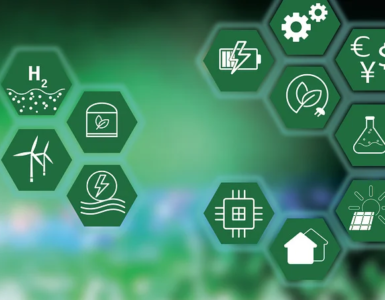South Africa – Sasol sees decade or more for green hydrogen mass adoption.
South African petrochemical major Sasol (SOLJ.J) expects it will take at least a decade for green hydrogen to become a fuel of choice, a top company executive said, as cost, infrastructure and regulations pose hurdles.
South Africa, as part of its energy transition plan, wants to be a green hydrogen leader on the continent and plans to set up an export hub for the fuel, which is made using renewable energy and without producing greenhouse gas emissions.
Much of the success of the country’s ambitions will come down to Sasol’s ability to produce the fuel on a mass scale, in collaboration with the government on regulations, and a rapid ramp up of renewable power capacity.
🔥 What about we co-host a webinar? Let's educate, captivate, and convert the hydrogen economy!
Hydrogen Central is the global go-to online magazine for the hydrogen economy, we can help you host impactful webinars that become a global reference on your topic and are an evergreen source of leads. Click here to request more details
But progress on both fronts has been slow and there has been no implementation plan from the government as yet.
Priscillah Mabelane, Sasol’s executive vice president, Energy Business said:
We anticipate that green hydrogen will become even more and more reasonable as learning curves move forward, and that is probably by 2035 or so.
By then costs would come down below $2 per kilogram, she added, from between $4 and $6 at present.
She spoke to Reuters on the sidelines of a demonstration of an on-road, green hydrogen ecosystem, where a car developed by Toyota (7203.T) was shown to run on fuel produced by Sasol.
Mabelane said the company was working with the government to define standards and regulations for green hydrogen and to set up a port for the export of the green fuel.
A feasibility study on the export hub on the country’s west coast has been delayed due to a lack of port infrastructure.
The study, being carried out by Sasol and the government, was supposed to have been ready by end-September, 2023.
Sasol plans to produce up to 5,500 kilograms per day of green hydrogen by next year, from a minimal volume of 150 kg per day now. That’s still way less than the 2.4 million tonnes of grey hydrogen it produces. Grey hydrogen is made by burning coal.
S.Africa’s Sasol sees decade or more for green hydrogen mass adoption, October 2, 2023








